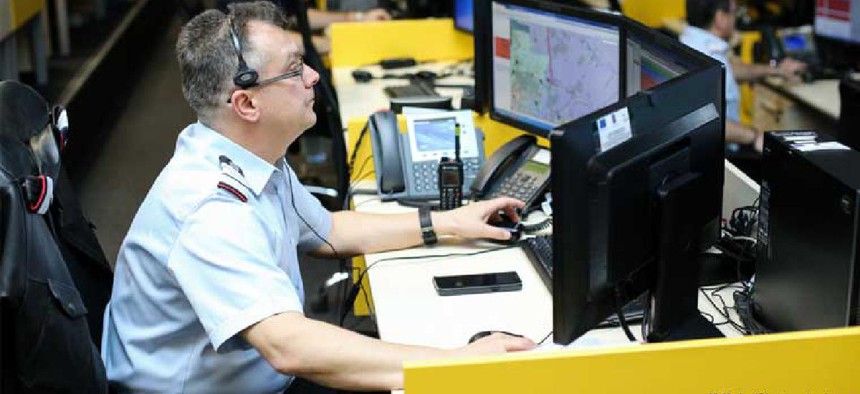Orleans Parish unifies next-gen 911 services in the cloud

A cloud-based 911 contact center will give the Orleans Parish Communication District next-generation 911 services and unify location, audio, video, chat, text-to-911 and mapping data on one platform.
The Orleans Parish Communication District (OPCD) is working to launch a cloud-based 911 contact center that allows for next-generation 911 services and unifies location, audio, video, chat, text-to-911 and mapping data on one platform.
Carbyne, a public-safety technology company, announced June 3 that OPCD had tapped its APEX solution to help streamline and speed 911 response. With the platform, dispatchers can send direct text messages to a 911 caller and establish a secondary, secure path via instant, verified silent chat or video without the requirement of an app. Additionally, APEX’s natural language processing allows the system to automatically transcribe and translate a caller’s words into text, freeing dispatchers to focus on what the person is saying, not what information they need to enter into the computer system.
“There are some game changers with this system,” OPCD Executive Director Tyrell Morris said. The call takers are particularly excited about the system’s ability to transcribe 911 calls because they are often complex and chaotic, according to Morris. “There’s people screaming, you’re trying to type at the same time and you often miss things that are critical,” he said. “When you’re able to go look at a screen and read what someone just said, it cuts down a lot of confusion and a lot of requestioning and ensures that we can get the most accurate response much faster.”
The idea behind APEX is to simplify the way call takers operate, Carbyne CEO and founder Amir Elichai said. Currently, many call centers use a call-taking solution with the goal of understanding the nature of the call and determining whether dispatchers need to send help.
“Usually call takers are very busy looking at five, six, seven -- and we even saw 12 -- screens,” Elichai said. “You need to bring all these data … into one platform.”
APEX uses natural language processing because voice is the primary way 911 callers communicate with call takers.
“Based on the keywords that we can identify, we will be able in the future to do some automated dispatch capabilities,” Elichai said. For example, if someone reports a fire and OPCD validates it with the Carbyne video technology the department already has in place, the location pops up on the screen and the dispatcher can decide how many fire trucks are needed, he said.
Additionally, customers can use the technology to research trends in emergency calls. “We’re going to give them the ability to search and index keywords,” Elichai said, so they can see all the calls related to domestic violence, for example.
Another feature is automatic translation. If a caller speaks Spanish, APEX translates and transcribes the information into English.
OPCD didn’t need to put any prerequisite technology in place to prepare for APEX. “Basically what is needed is a strong internet connection and direct connecting to one of the cloud providers, and the rest we are doing as software as a service,” Elichai said.
The department announced last September that it is moving to AT&T’s ESInet, an IP-based call routing service. Once that is complete, it will make APEX live, Morris said. Rollout is expected by year’s end.
OPCD also recently put in place Carbyne’s c-Live Universe technology, which allows 911 callers to send dispatchers live, streaming video of emergencies, provide exact locations from smart devices and live chat with 911 operators.
“We’ll be able to route the calls more accurately based upon the location of the device as opposed to the cellphone tower, and our call takers will enjoy a seamless experience of data that hits them when it makes sense,” Morris said. “It will allow them to look at the information and make an incident-based decision based upon what they see instead of having to pop around to three or four different screens.”
OPCD has been a leader in modernizing 911, using RapidSOS Clearinghouse to receive location and other emergency data from smartphones, apps and internet-of-things devices. It also recently upgraded its digital public safety records with a cloud-deployable system to improve information sharing.
“We are redefining the 911 experience in America,” Morris said, adding that parish officials have long talked about the day when they would be able to use the rich 911 data to shape emergency response -- without overwhelming call takers. “I think when we go live,” he said, “we will be living and breathing that experience that we’ve been dreaming about for the past 15 years.”





